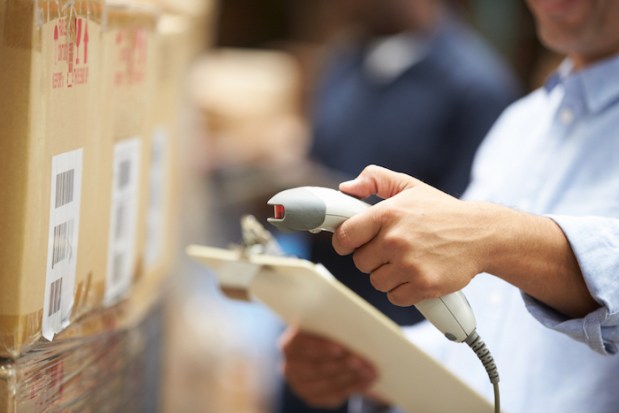The Amazon Effect Pushes Warehouses To The IoT Tipping Point

Amazon gets a lot of credit, and rightly so, for changing the way the average consumer expects to shop. Whether or not they can afford it, it’s no secret that express delivery has become a defining offering for online retailers, and failing to meet these expectations is not looked upon kindly by shoppers.
But what effect has the Amazon wave — and the scores of futuristic fulfillment centers that power its logistics — had on the back end of every other retailers’ supply chain management? According to a new report, the Internet of Things has helped the common warehouse pick up the slack.
That’s the news from Zebra Technologies, which surveyed more than 1,300 IT and operations warehouse professionals on where they see the inventory and fulfillment industry heading over the next half decade. Just about half of all warehouses are either on their way or done with projects to implement digital inventory management systems into their facilities, and 75 percent said that would be the case by 2020. The causes for this are manifold: Expected increases in incoming volume, as well as dwindling expectations for product delivery windows, are pushing warehouses to accept tech innovations at large scales, like the 41 percent of warehouses that already use RFID tracking and the 15 percent that expect to do so by 2020.
According to Zebra Technologies Director of Warehouse Solutions Mark Wheeler, change is just part of the game if supply chain managers want to keep up with consumers’ changing tastes.
“IT and operations decision-makers in warehouses and distribution centers consistently need to identify new ways to improve productivity and reduce costs to remain competitive,” Wheeler said in a statement. “Fulfillment is an integral part of the customer value chain, and investment in technology and innovation in this area can go far to improve a customer’s experience.”
“Investment in technology and innovation” is usually a good idea for any industry even tangentially related to the fast-moving retail world, but the very nature of talking about innovation in the inventory management world brings up a dilemma not unlike the chicken and the egg: Is it more important to have a network of high-tech warehouses that offer ultimate control, or should retailers instead be working with manufacturers to get each and every one of their individual products on the IoT grid first?
It might not have been a pressing question a few years ago, but the influence of a consumer base coerced by Amazon’s pioneering delivery options has put every decision affecting inventory management under the spotlight. While making inventory trackable from the moment it rolls off the manufacturing line, as well as during every moment it passes through a sufficiently equipped warehouse, is the best possible scenario for retailers looking get more orders out faster, that ideal reality will likely come with a futuristically expensive price tag for the warehousing companies and the fees they pass on to retailers.
The issue gets even more complex when it’s not just a handful of massive fulfillment centers dotted around the country that are looking at these tech innovations but rather an even larger number of small facilities strategically located to population centers likely to require their increasingly on-demand services. David Egan, head of U.S. industrial research for real estate firm CBRE Inc., told The Wall Street Journal that the inventory management market is no longer “driven by the 500,000-square-foot-and-above user.”
“You need to expand and make your supply chain much more complex if you want to be able to promise and deliver on that same-hour, same-day or overnight delivery everyone is coming to expect,” Egan said of the need for smaller, pinpointed warehousing solutions.
The universe may trend toward entropy, but inventory management seems to gravitate toward the exact opposite. It just so happens that managing all of that complexity comes with just as many solutions that aren’t easy to choose by any stretch of the imagination.
